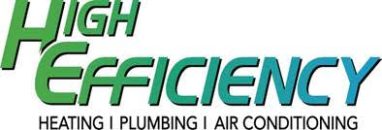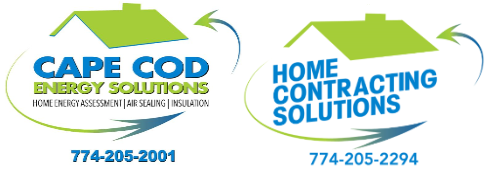As the winter season is in full swing, it means the environment is now colder than ever. When the environment is cold, it’s time for the heat to get cranked up. Trying to turn on your heating system and finding it has issues can be very disappointing. In this blog, we’ll be looking at some common problems that can affect your heating system and how best to address them.
Heating System Problems During Cold Weather
- Damaged heat pump: Heat pumps are very useful in most parts of the world as they provide multipurpose functions. During the summer season, they can serve as air conditioners; during the winter season, they serve as heat sources. The source of power for a heat pump is air and refrigerant. Heat gets transferred from the air with the help of the refrigerant into your home. Sometimes when the weather is extremely cold, however, there is not enough heat to be transferred, which could lead to a faulty heat pump. When the heat pump gets damaged, the system automatically changes to a different type of heating called strip heating. This is a very costly and inefficient means, so you might want to get your pump fixed as soon as possible.
- Cold Zones: Have you ever noticed any cold areas in your otherwise warm home? If so, then this is a result of the unstable weather that comes with winter. When you notice that some rooms in your home have different temperatures, you might want to check a few places for irregularities. Cold zones can be caused by closed vents or poor insulation. Making sure your windows are closed and improving insulation can eradicate cold zones in your home.
- Gelled oil because of cold weather: For people who own furnaces operated with oil, that oil is usually stored in a tank outside. When the temperature drops, the oil outside the tank can get cloudy and gelled. Oil, unlike water, does not freeze but has wax particles that react to cold temperatures. Certain chemical agents could also be added to your oil during winter to prevent it from gelling.
- No heat at all: It’s one thing if the heating system has issues and the heat produced isn’t optimal. It is another thing, however, when no heat is produced at all. If you notice this, the first thing to do will be to check your thermostat and make sure it’s still working properly. If you have a furnace that isn’t functioning properly, it could be an issue with the pilot light. If the pilot light doesn’t come on, then you should ensure the power source is working. If everything seems to be in order, then the issue with the pilot light will have to be checked out by a professional who will help clean it.
Is It Time to Replace Your Heat Pumps
Winter is the absolute worst time to have any issues with your heating system. If you discover any issues you can’t handle on your own, don’t hesitate to contact us at High Efficiency, as we provide the best services to get you through the unforgiving winter cold.



